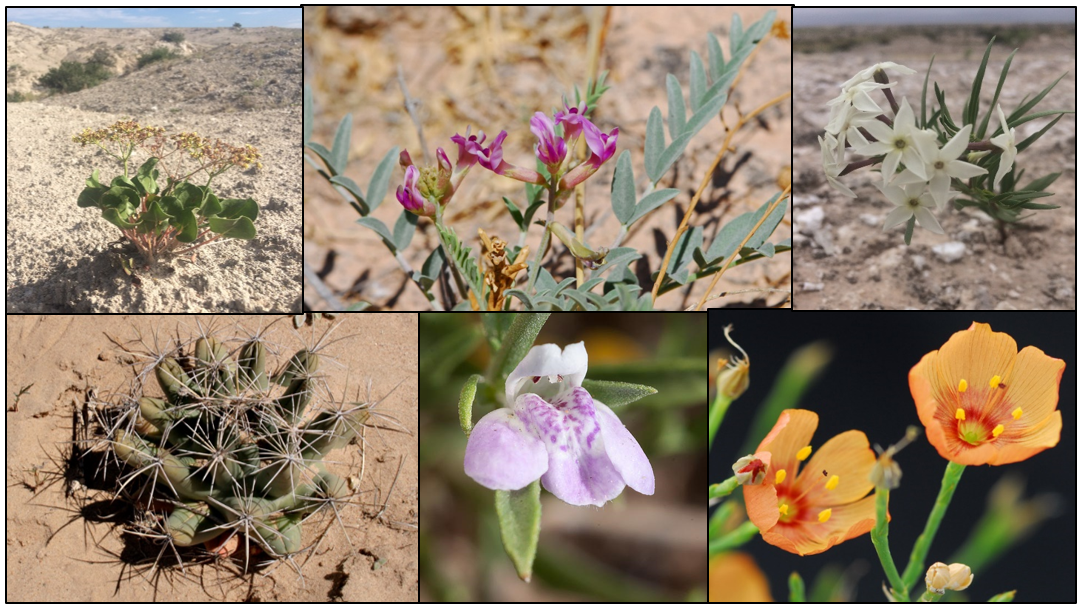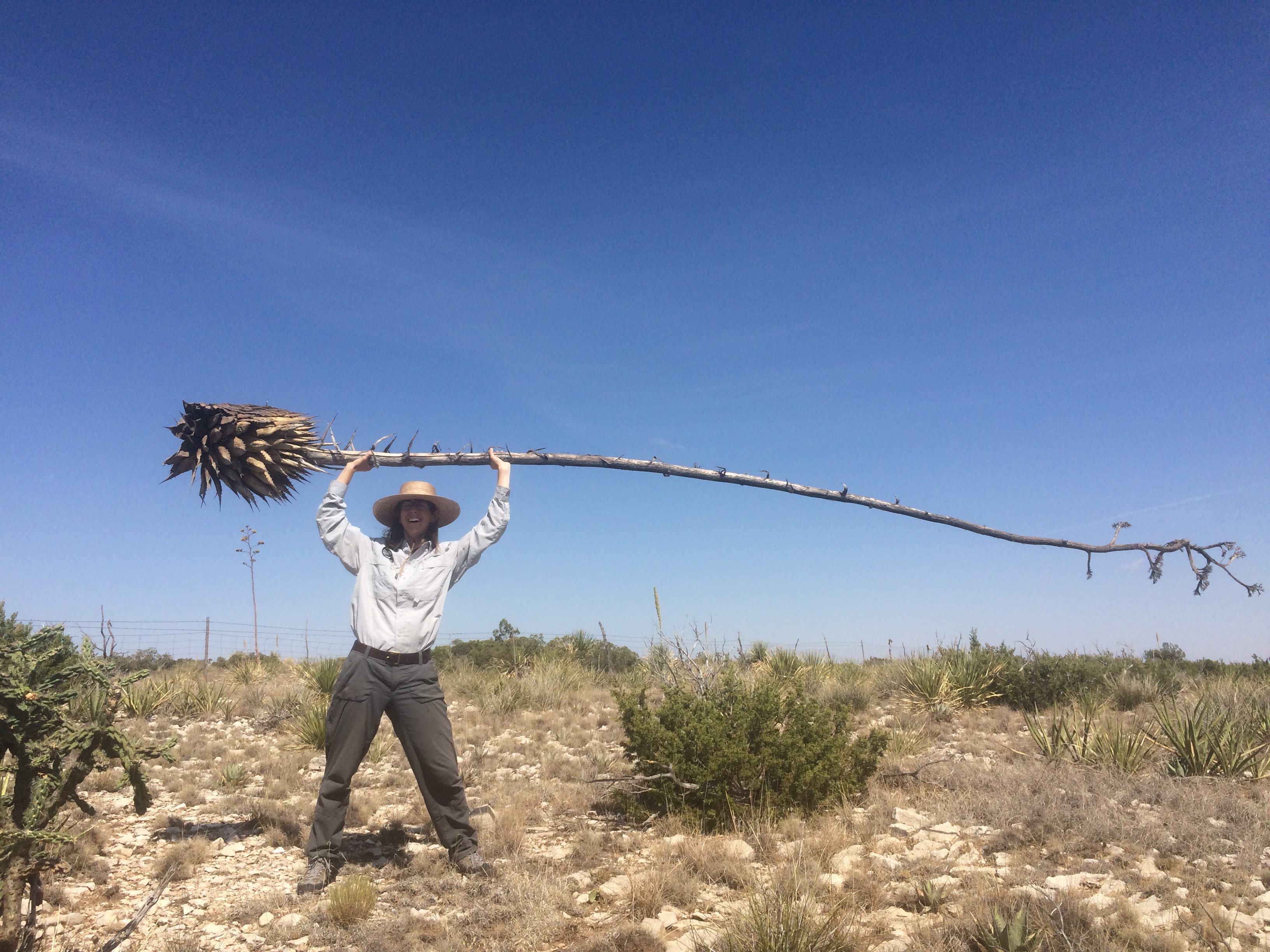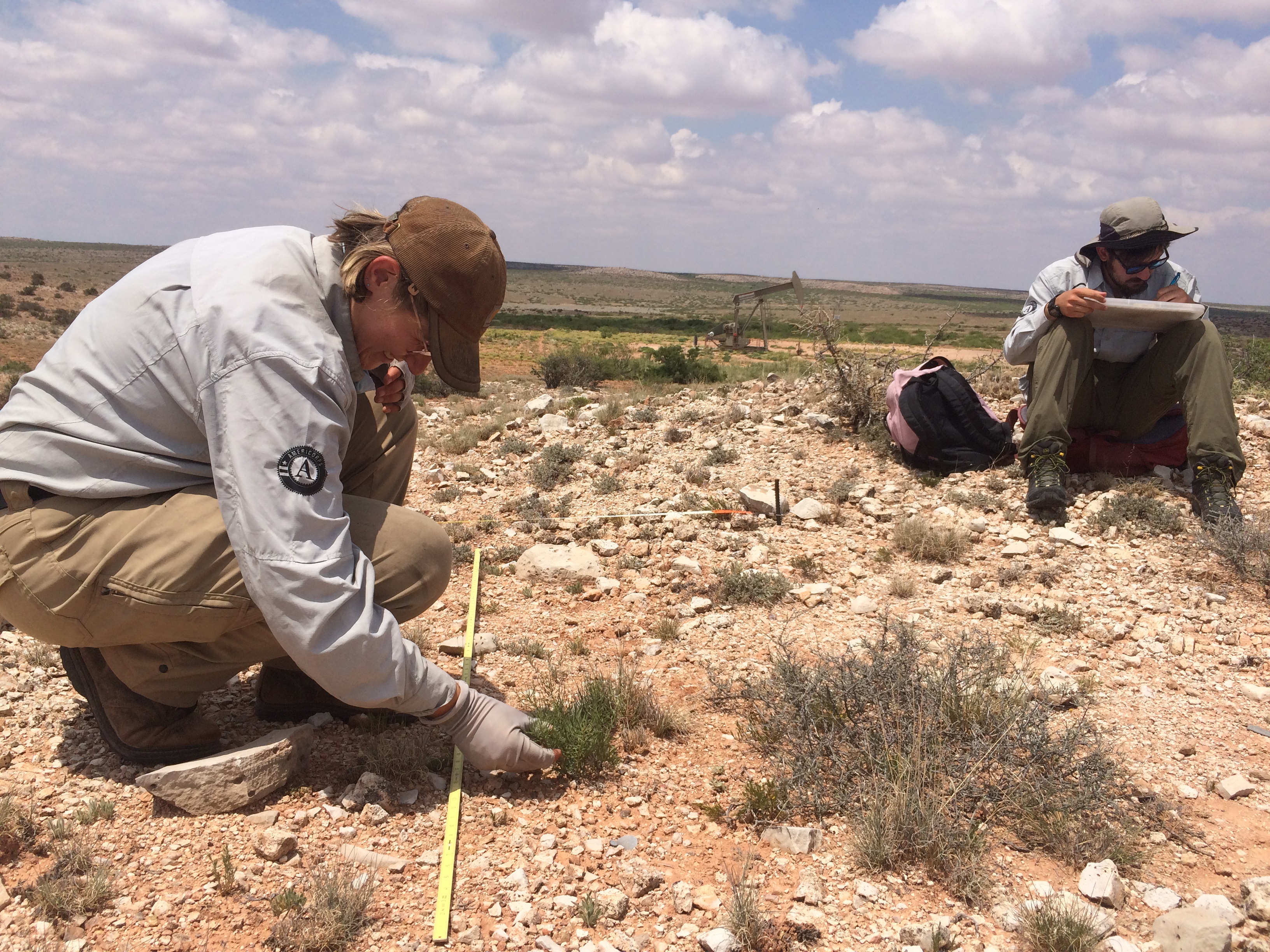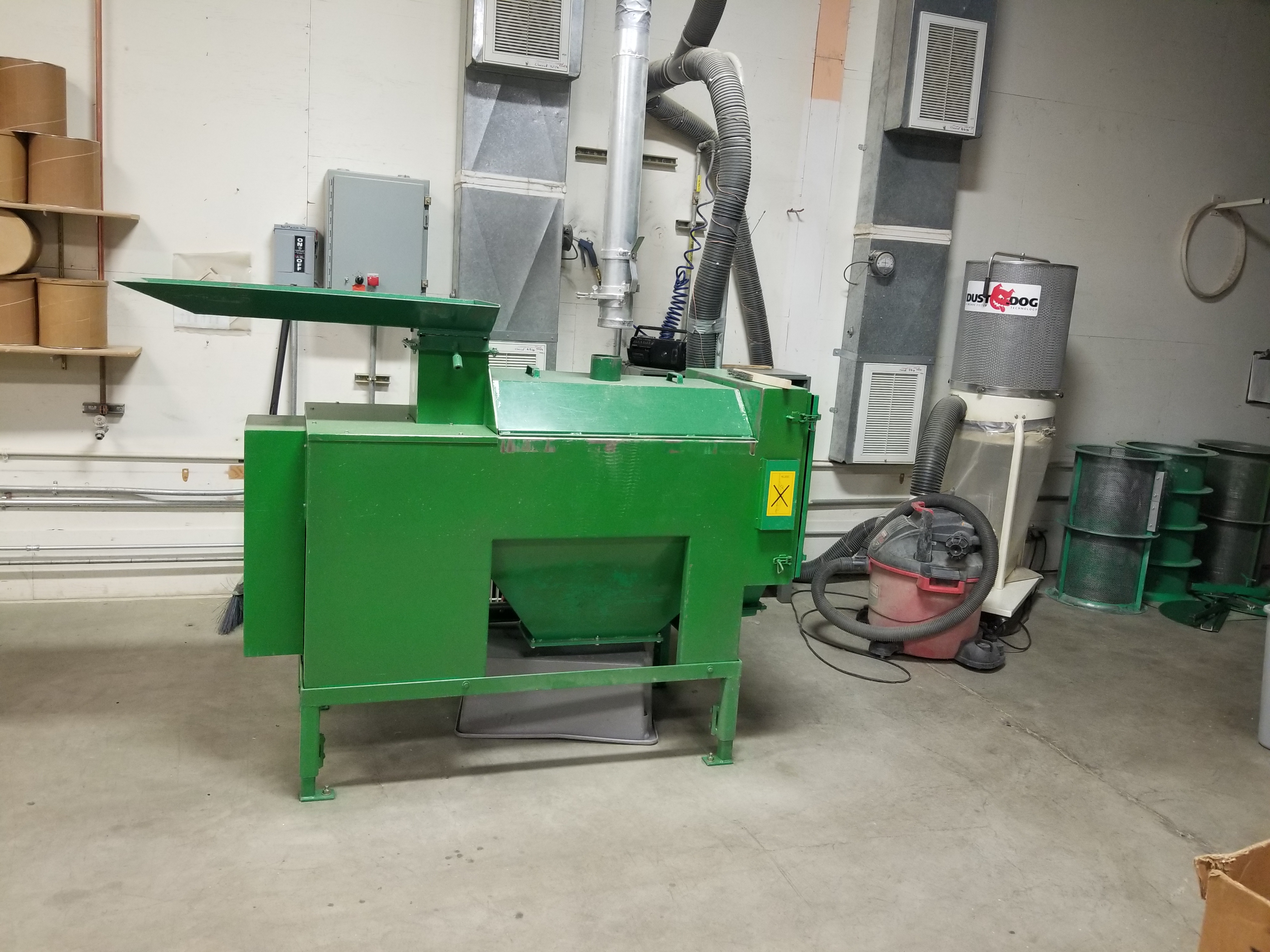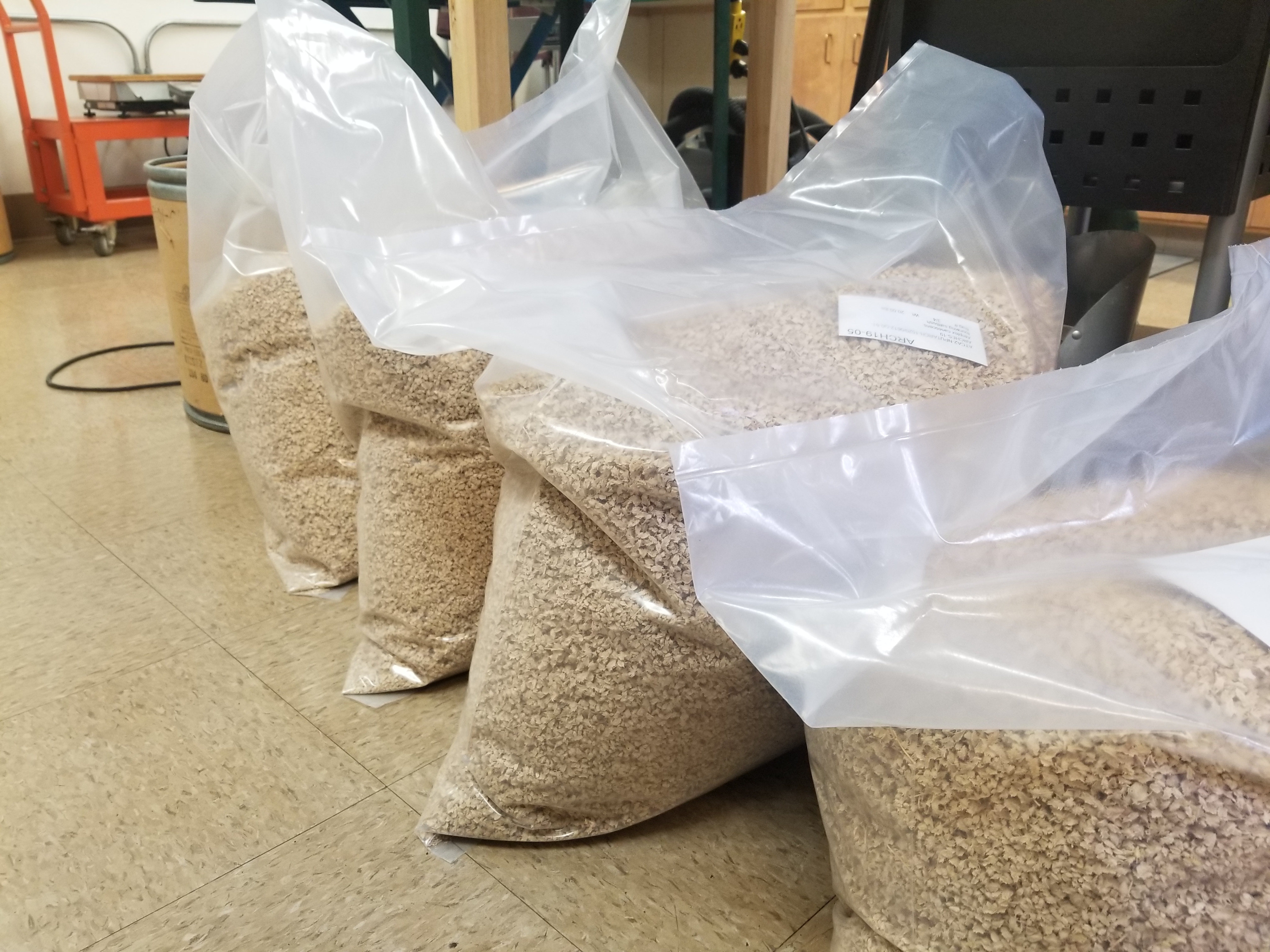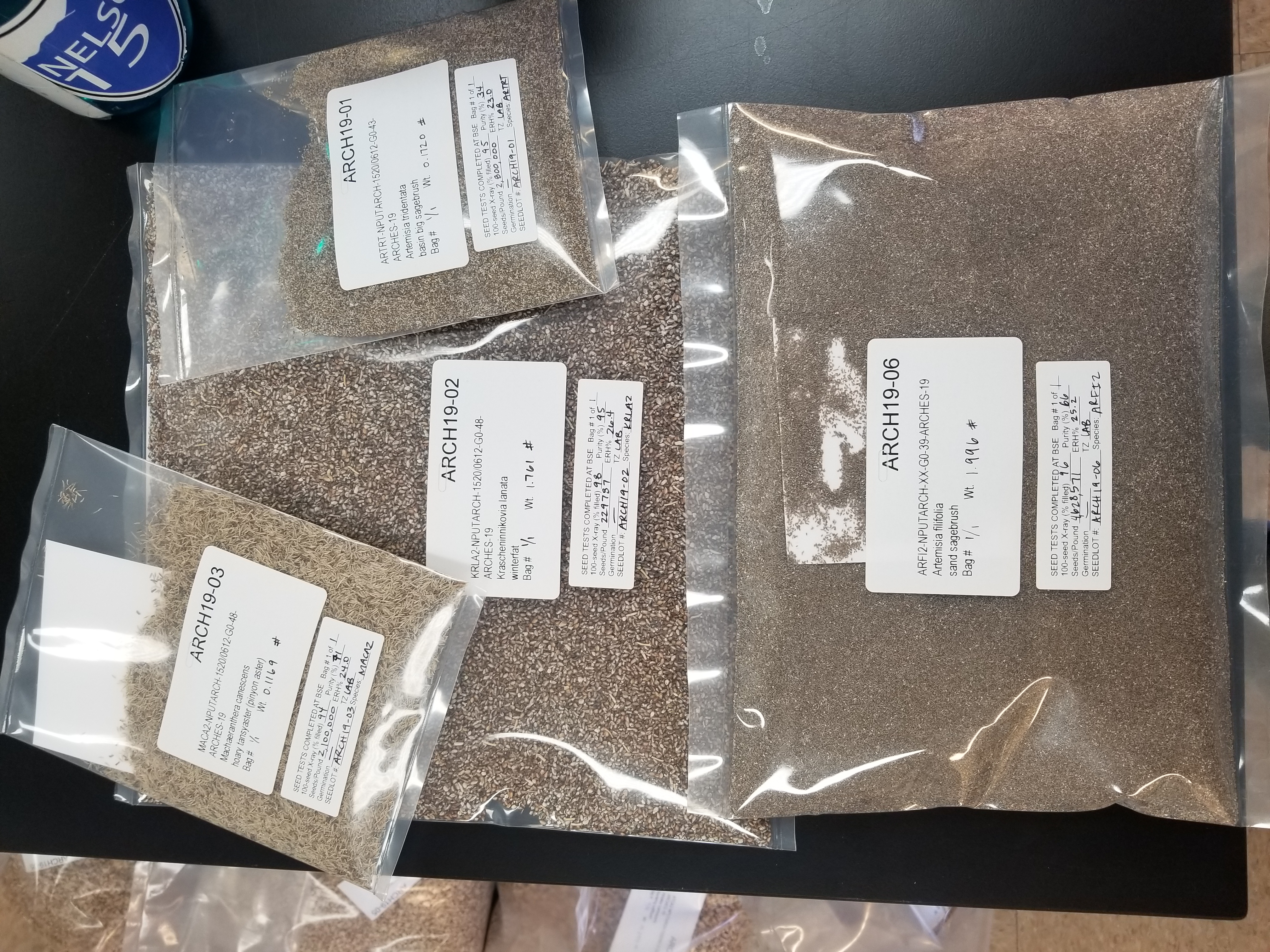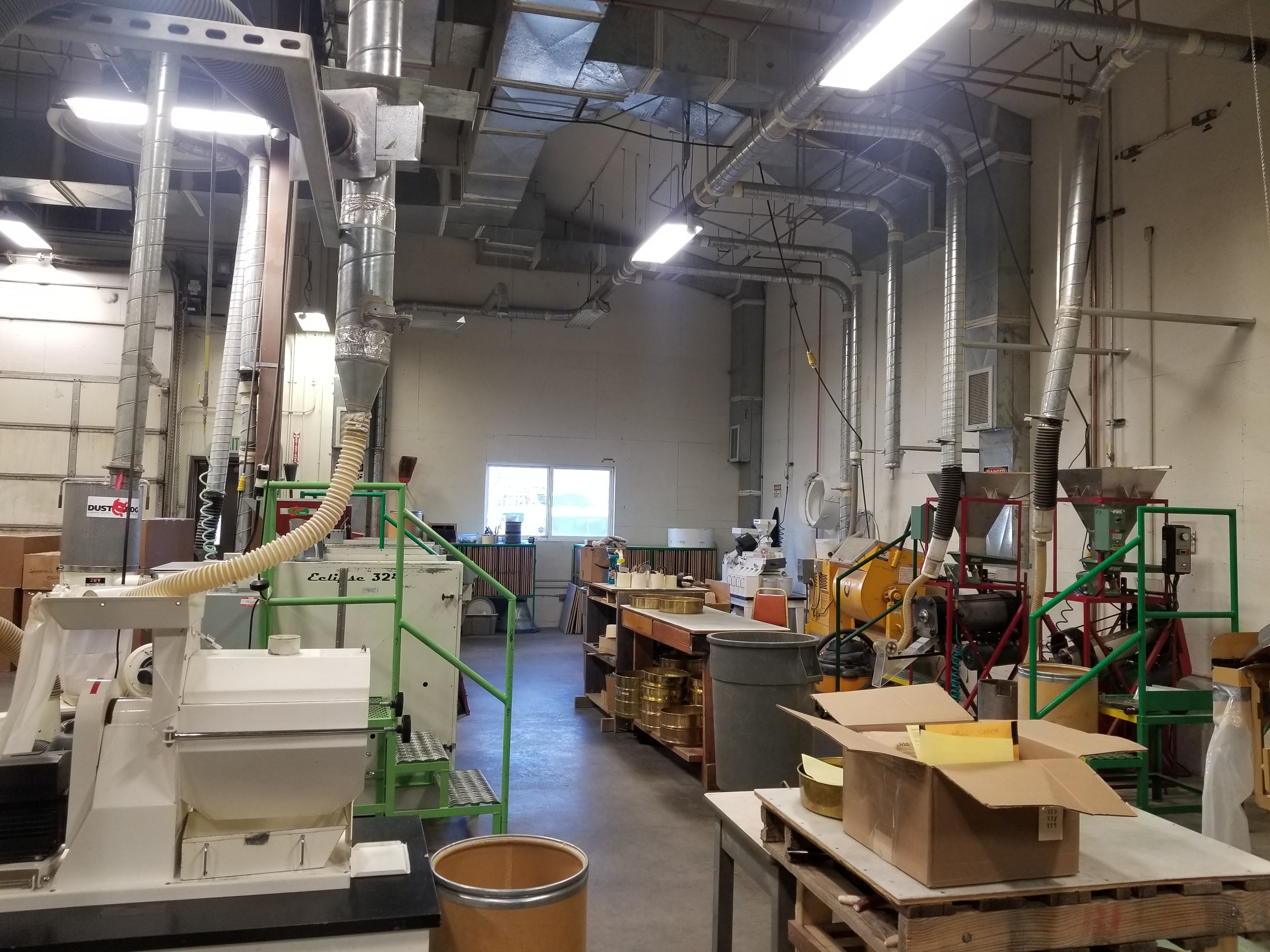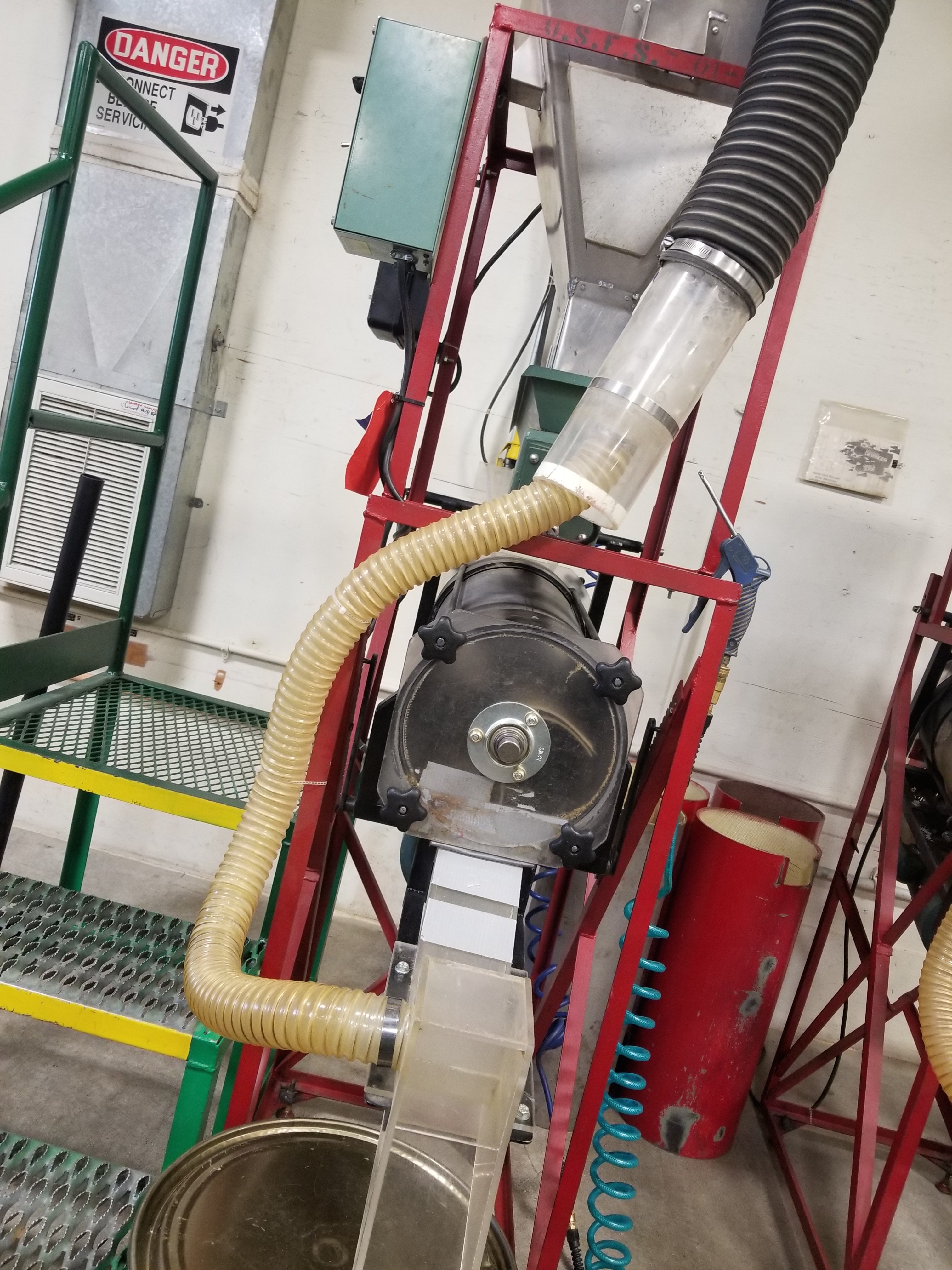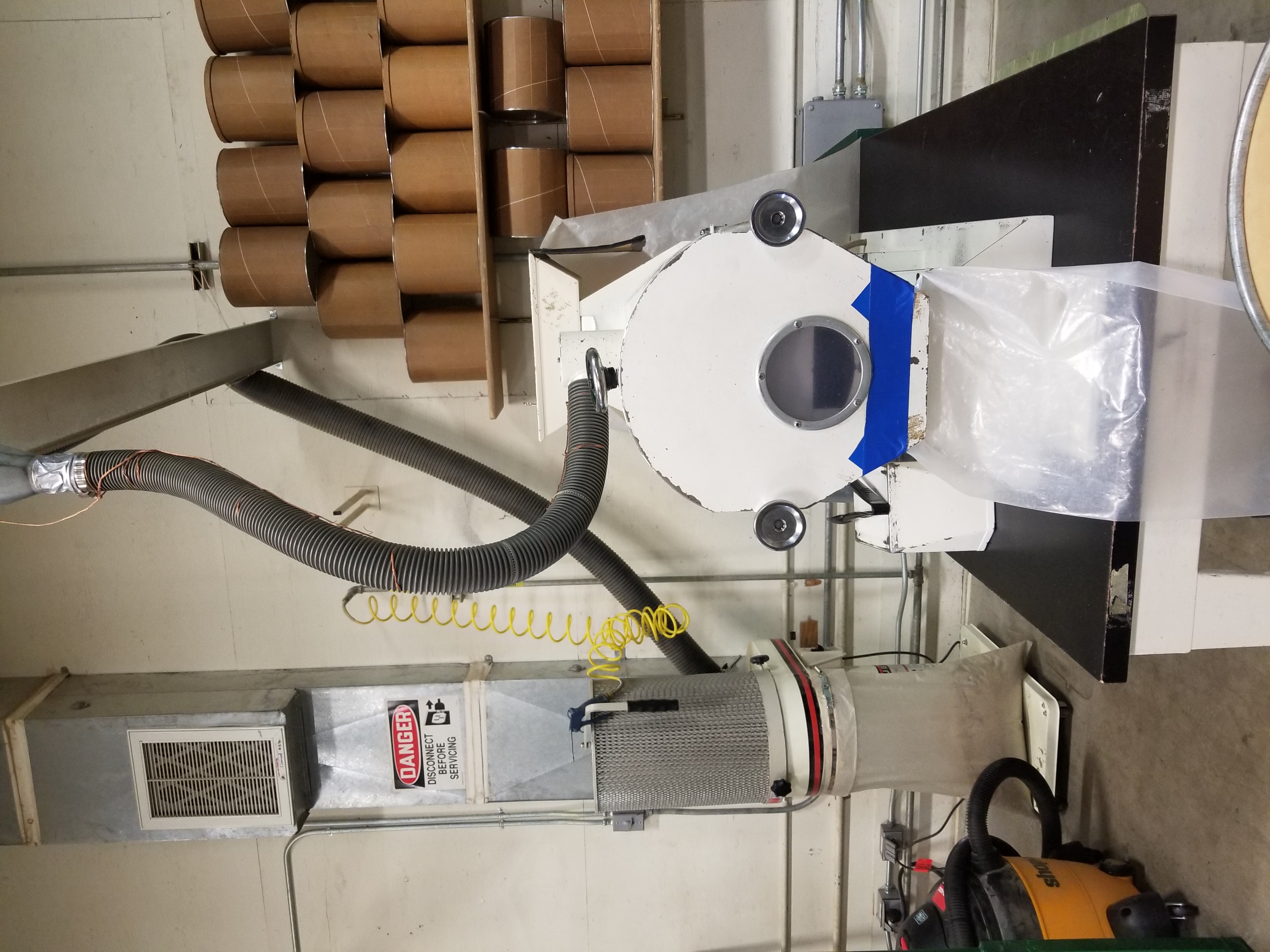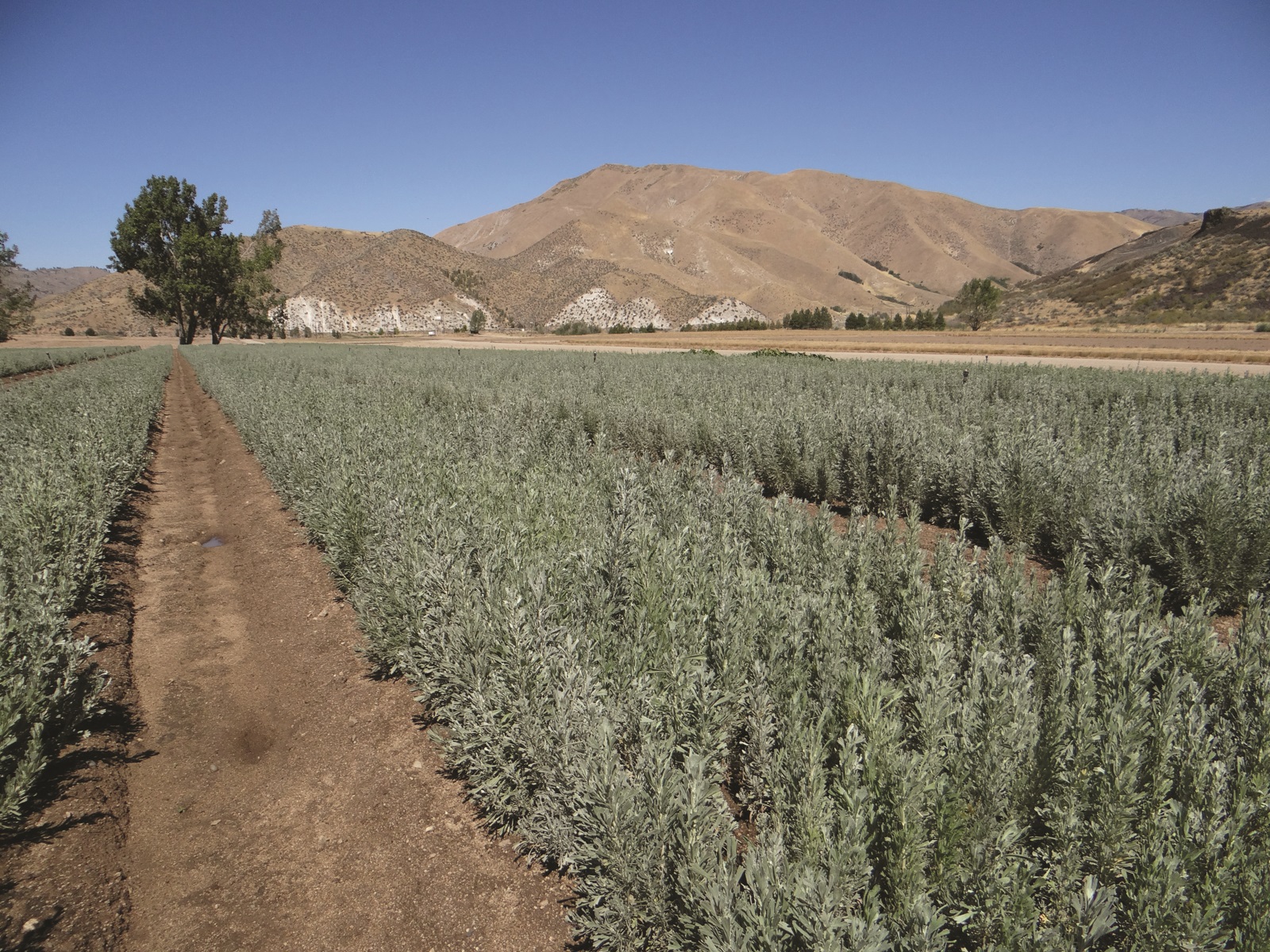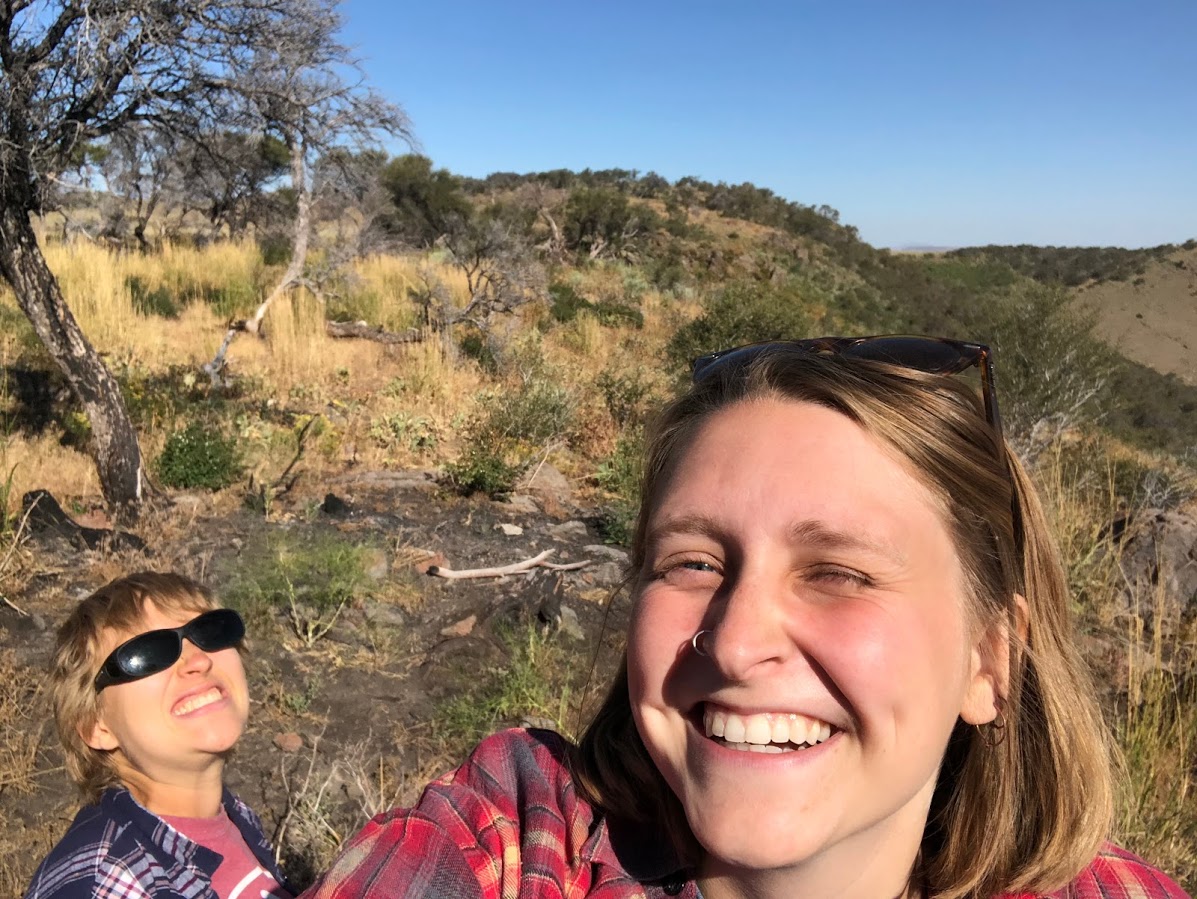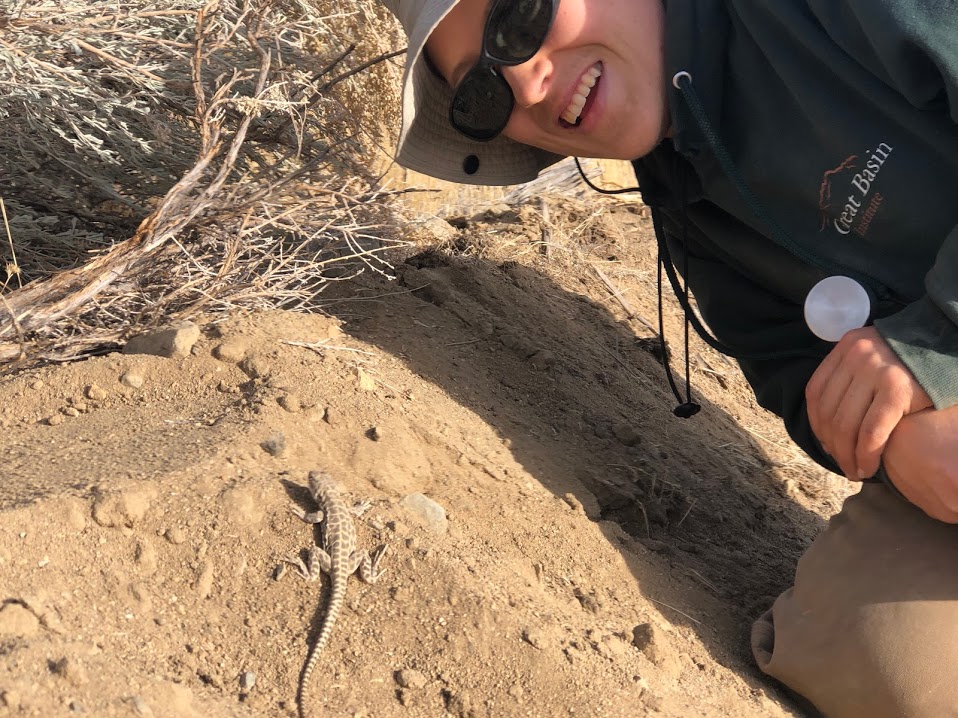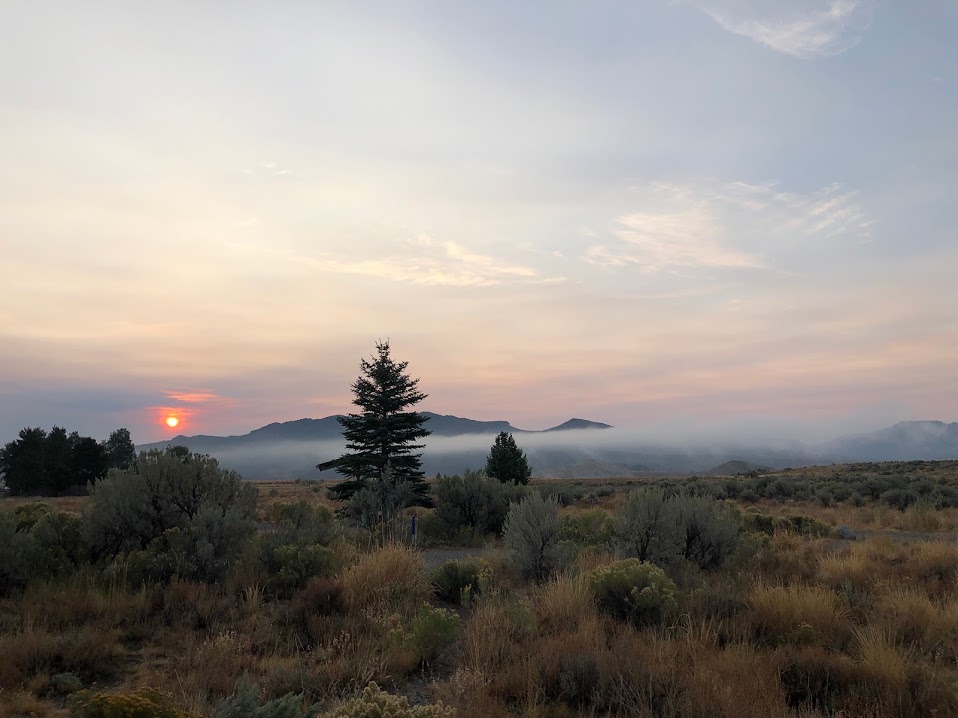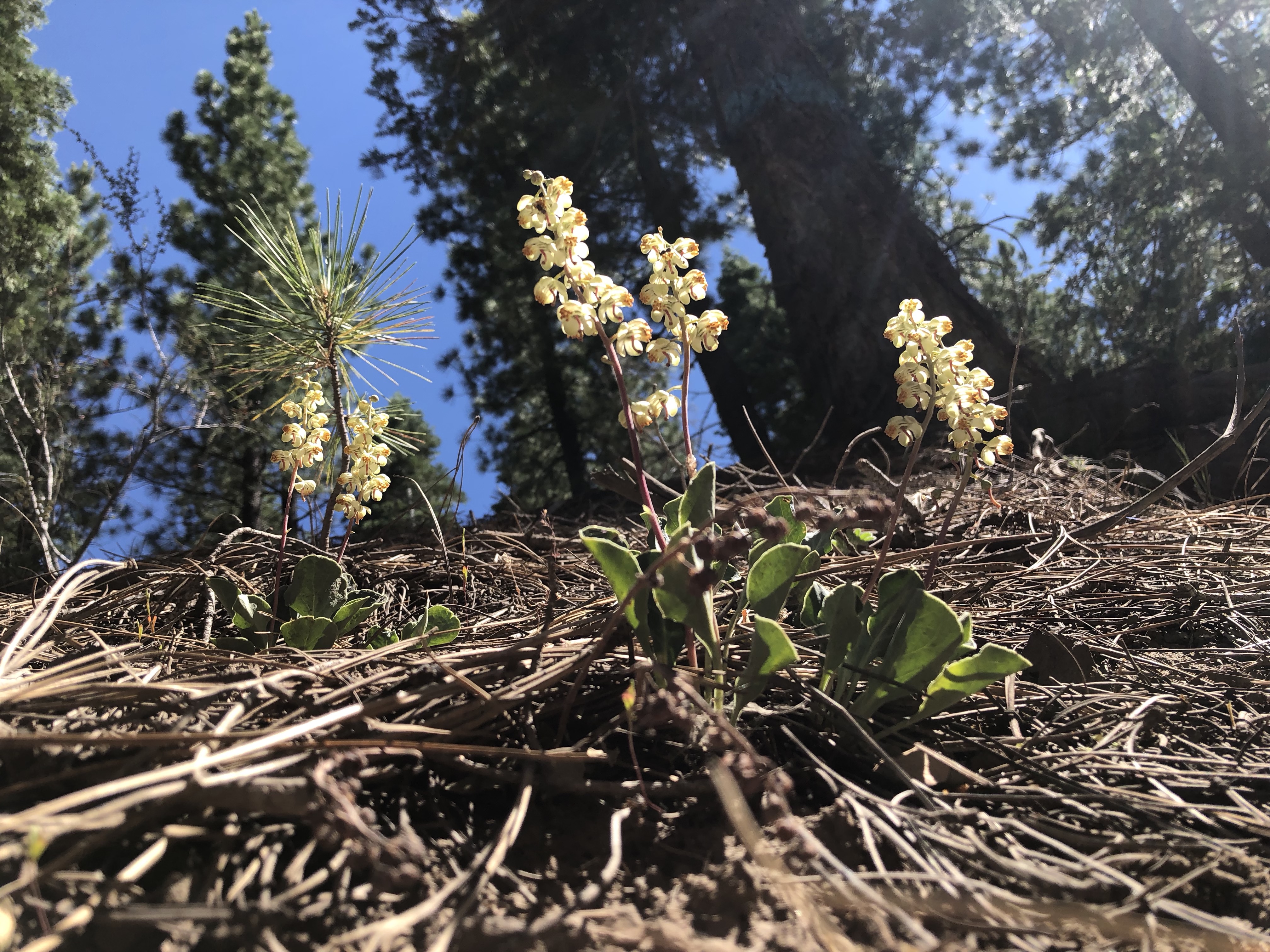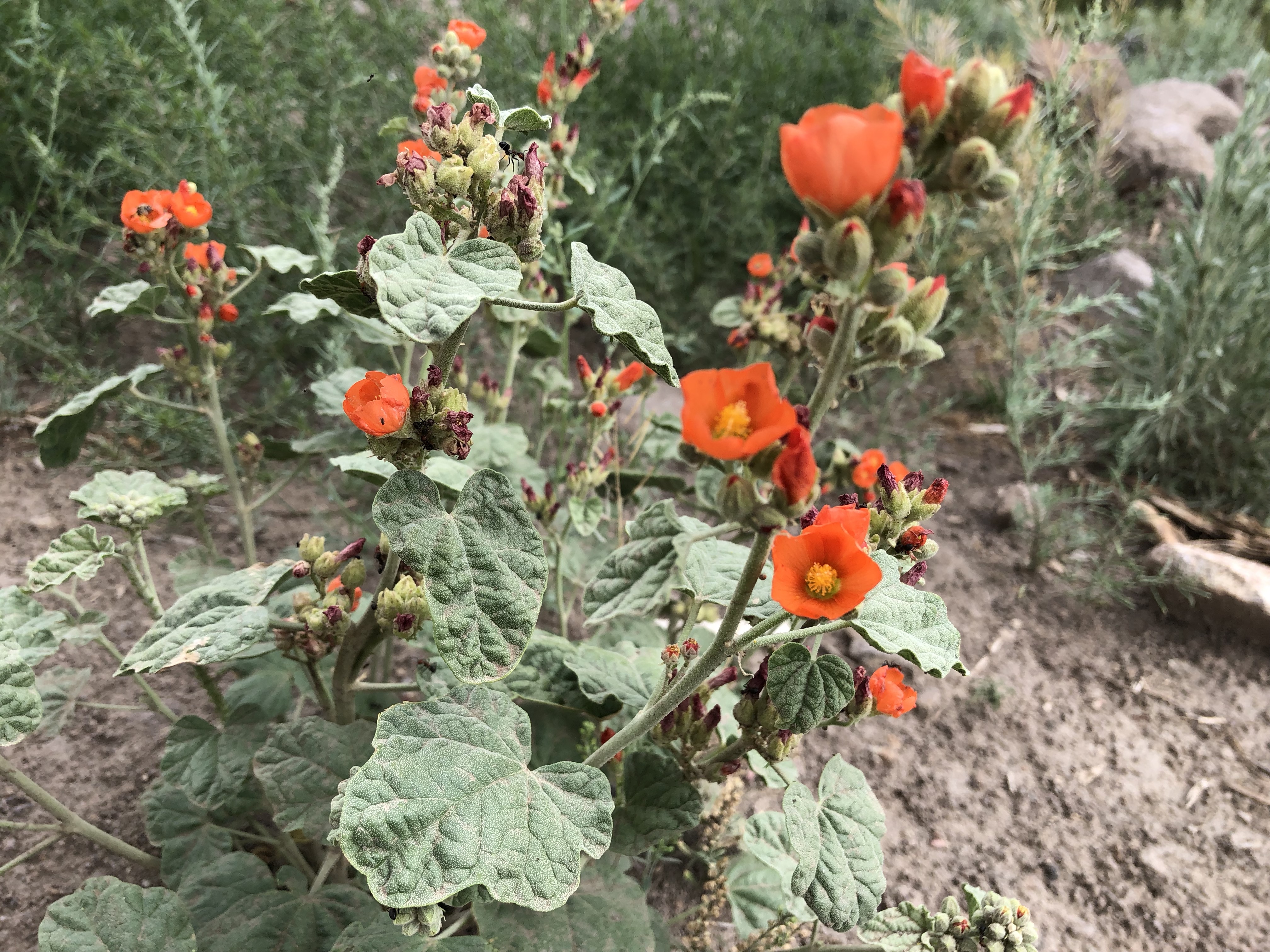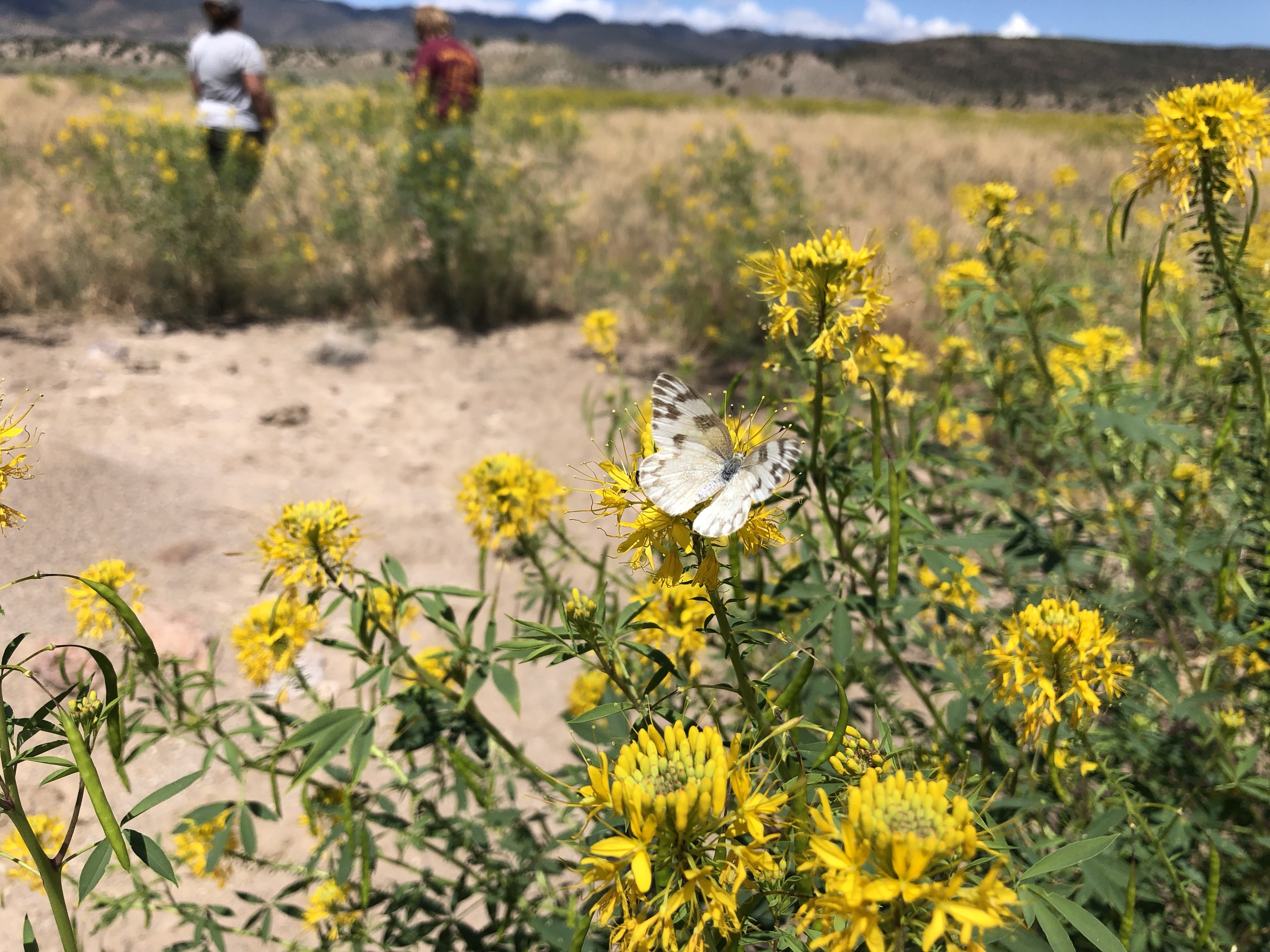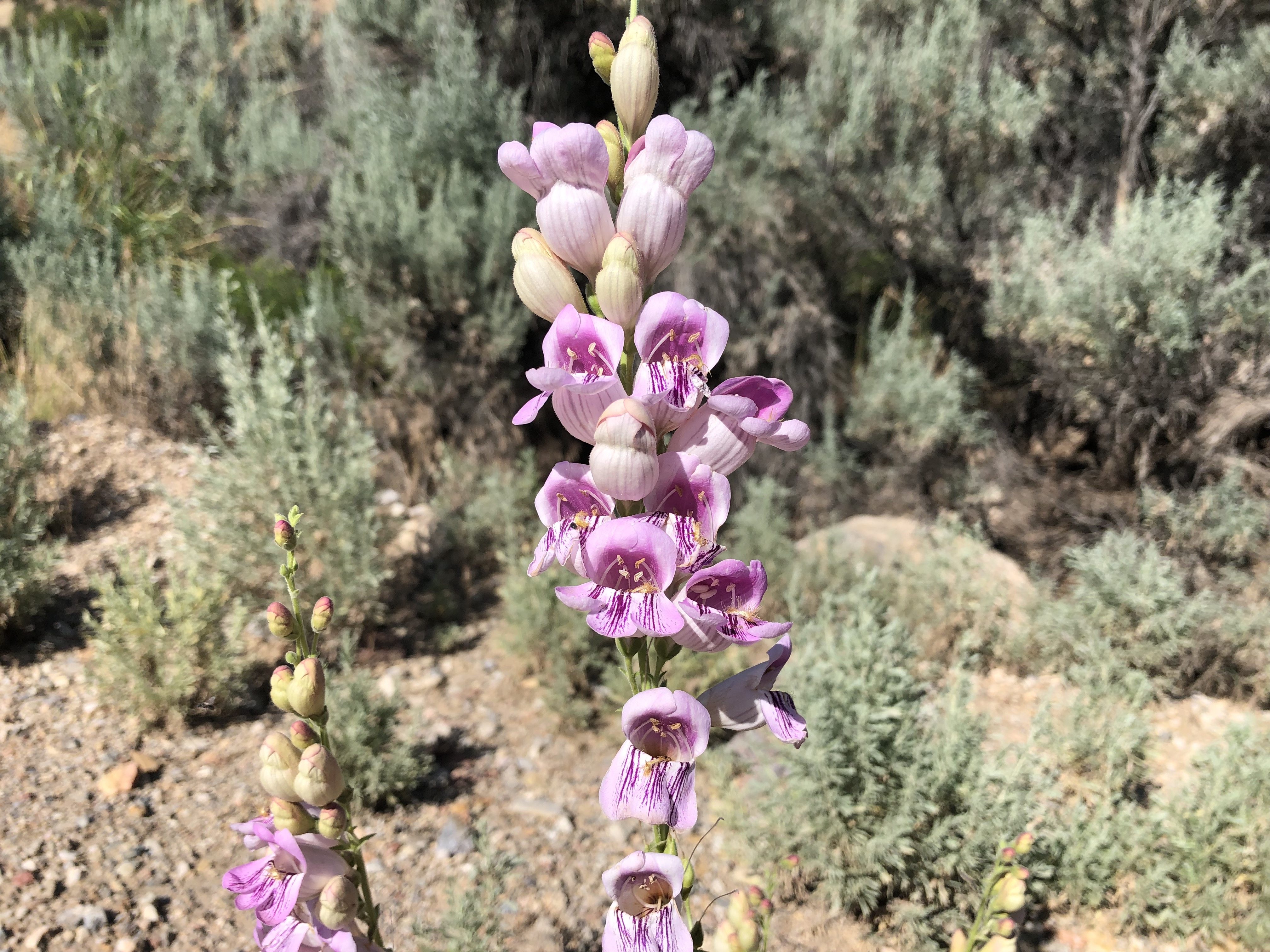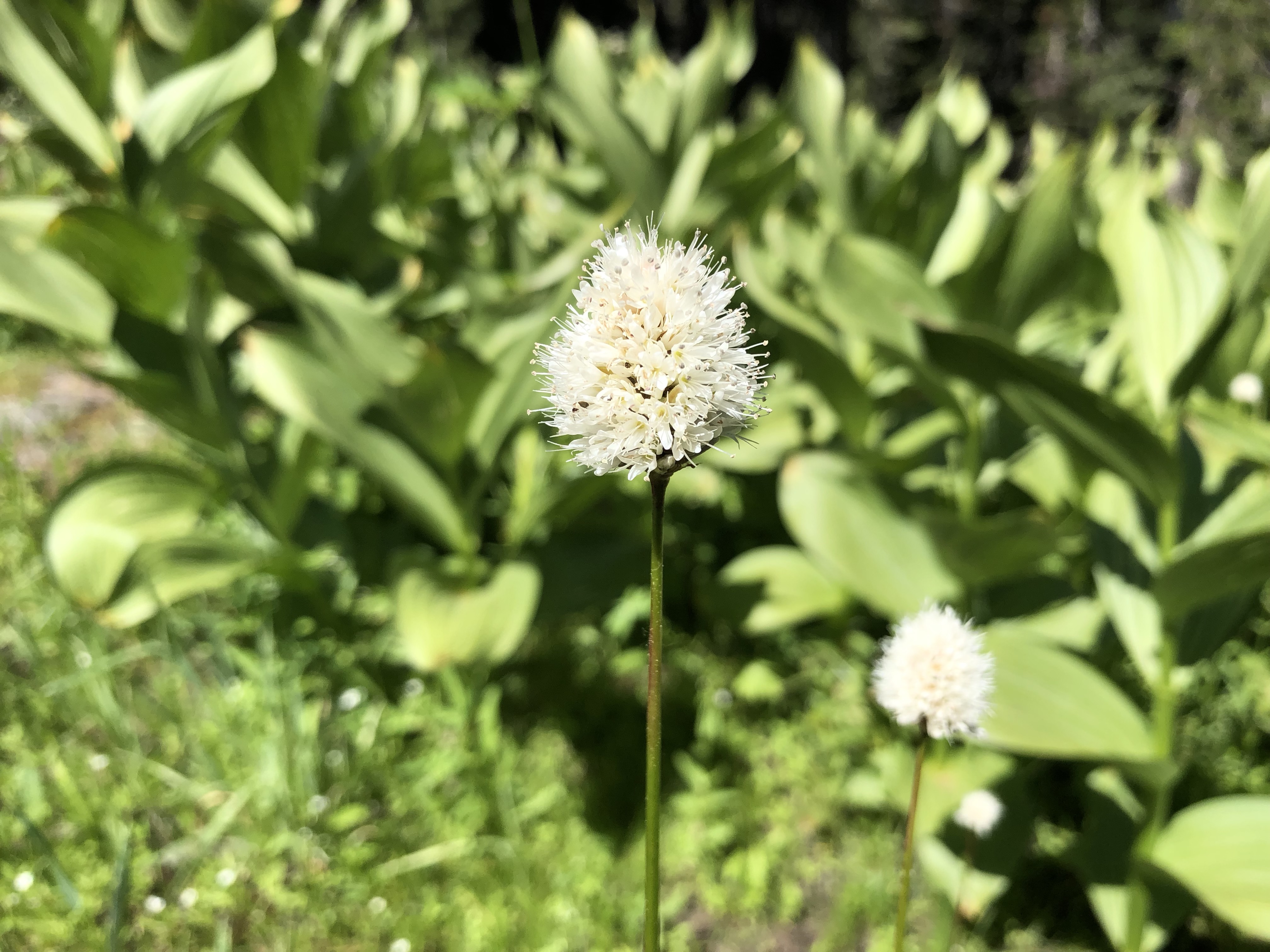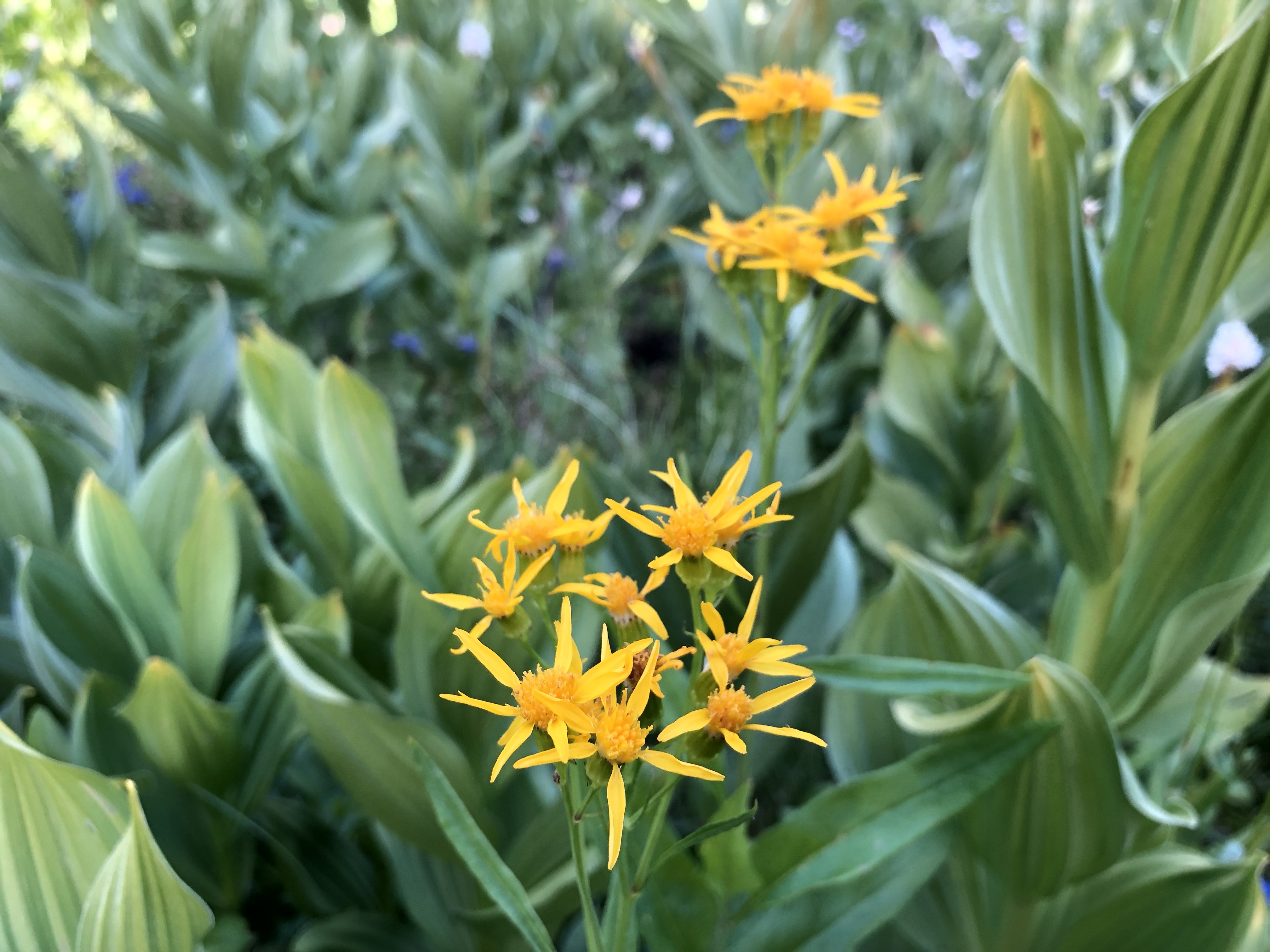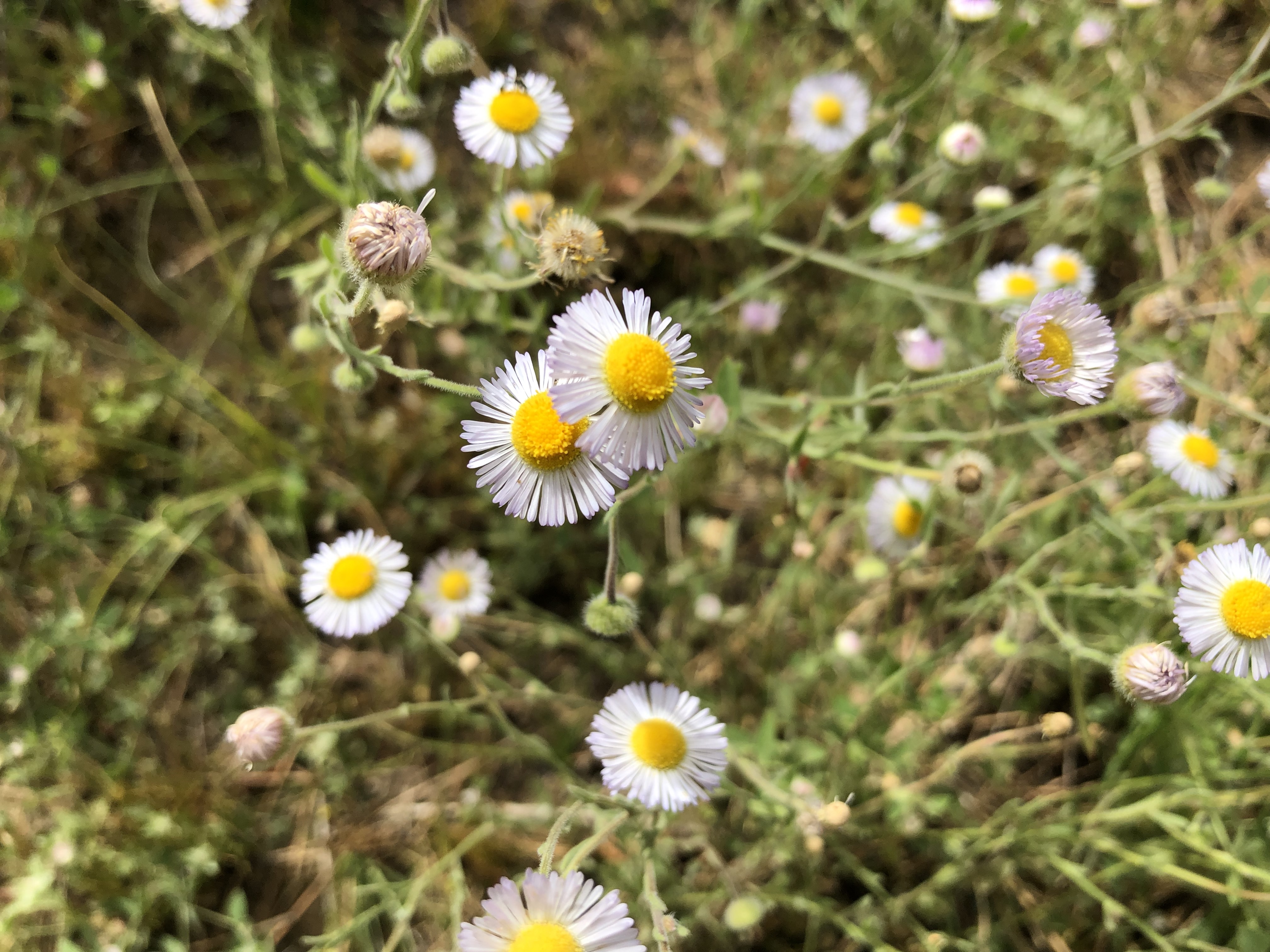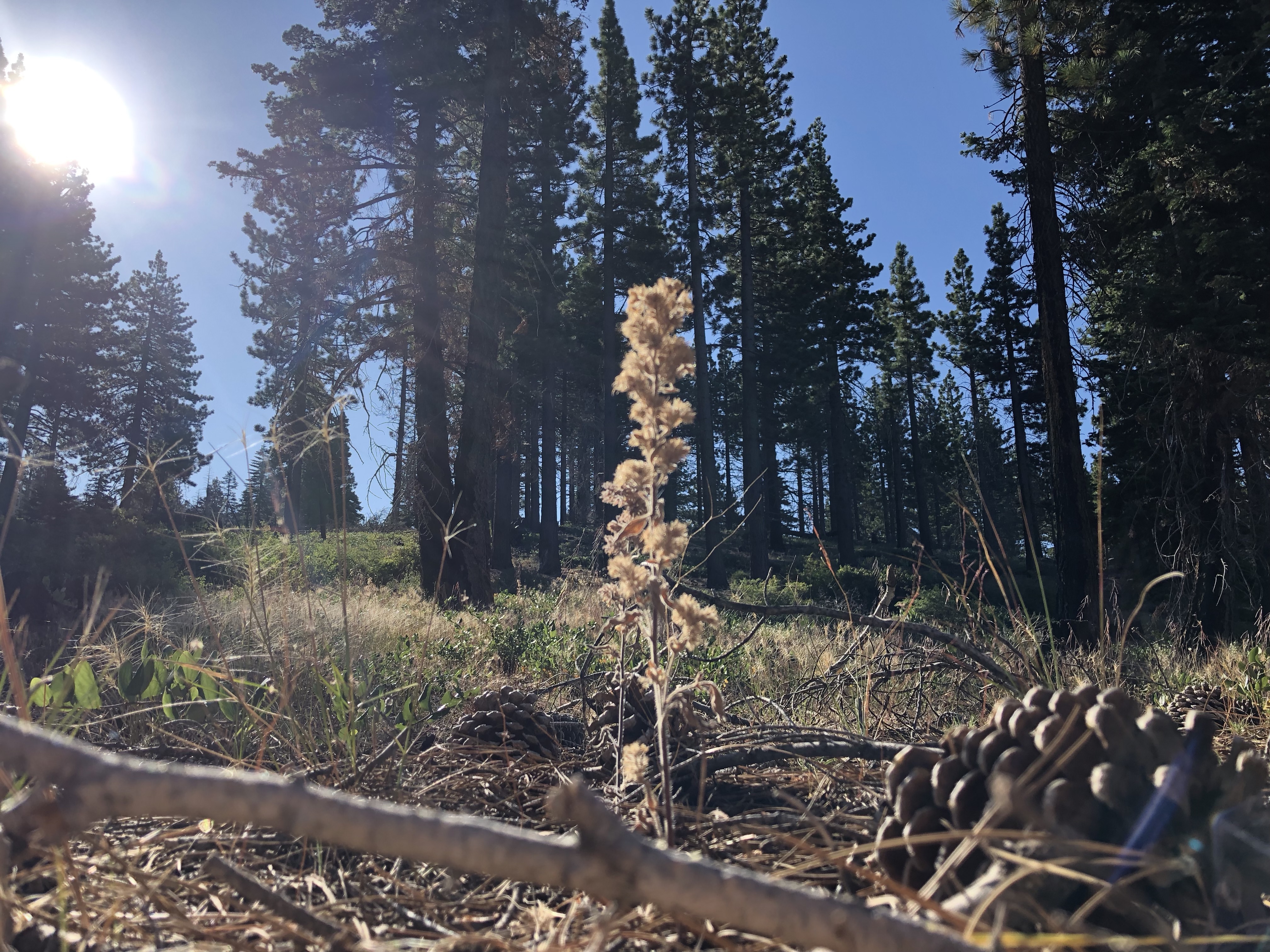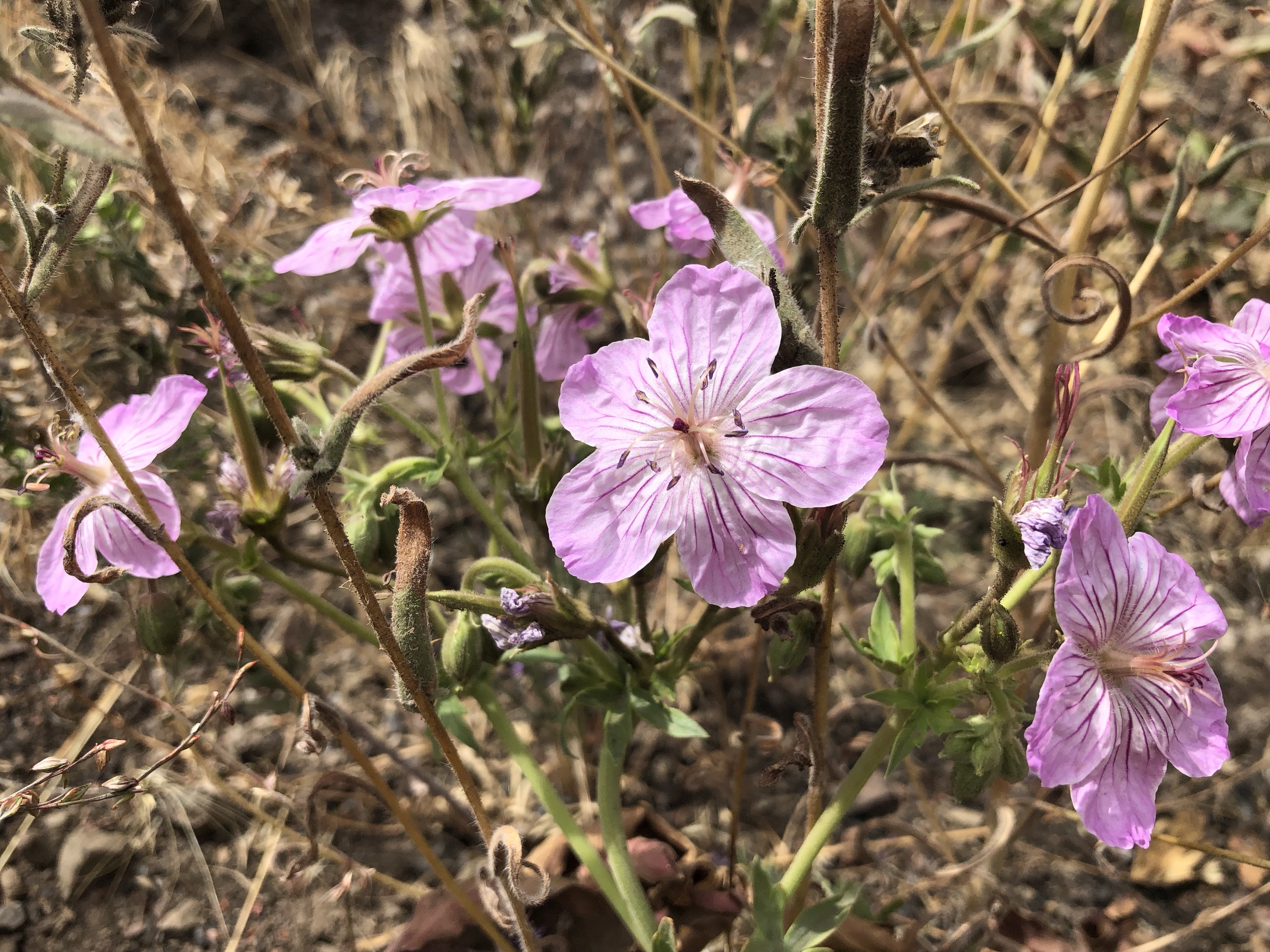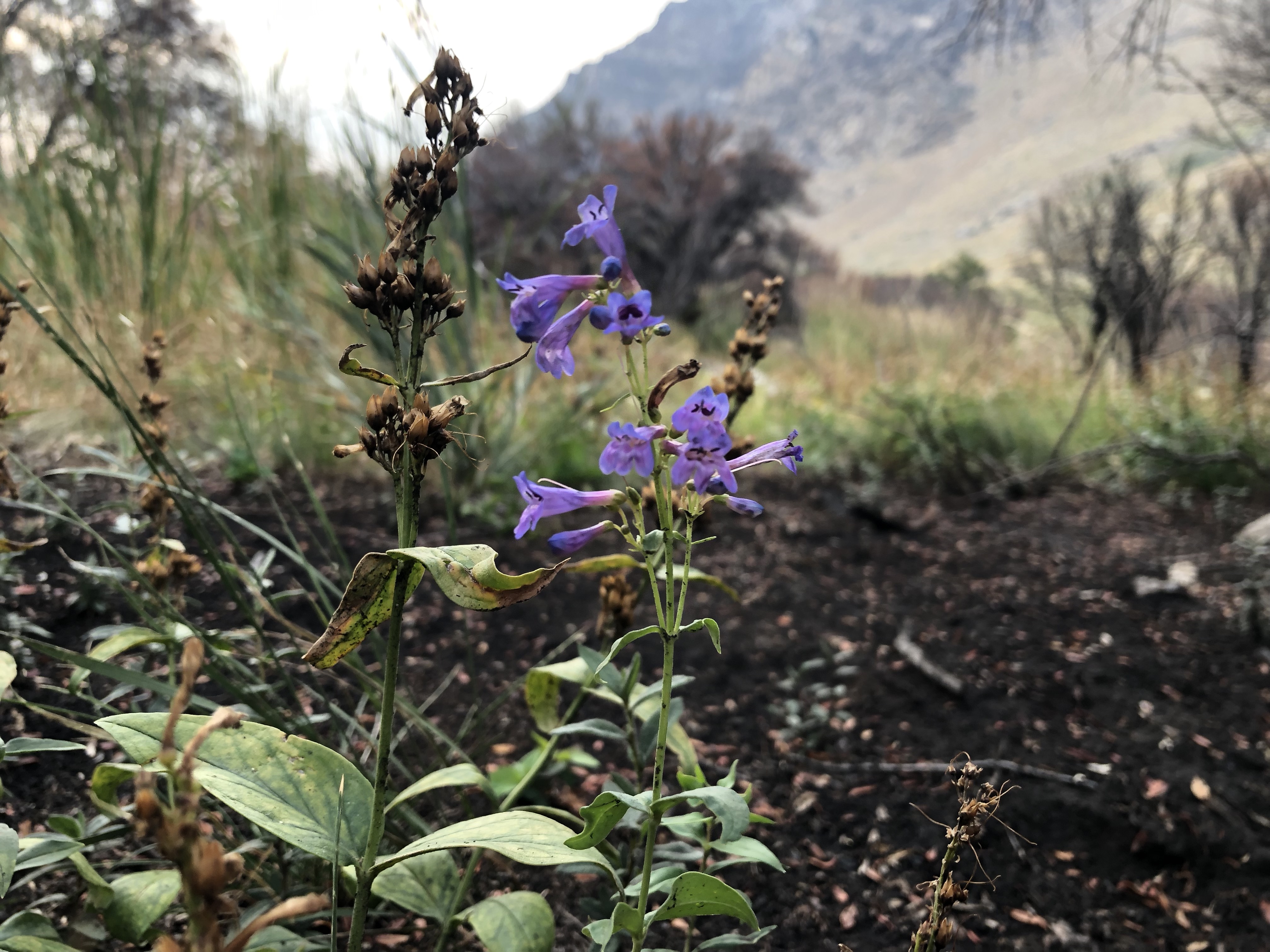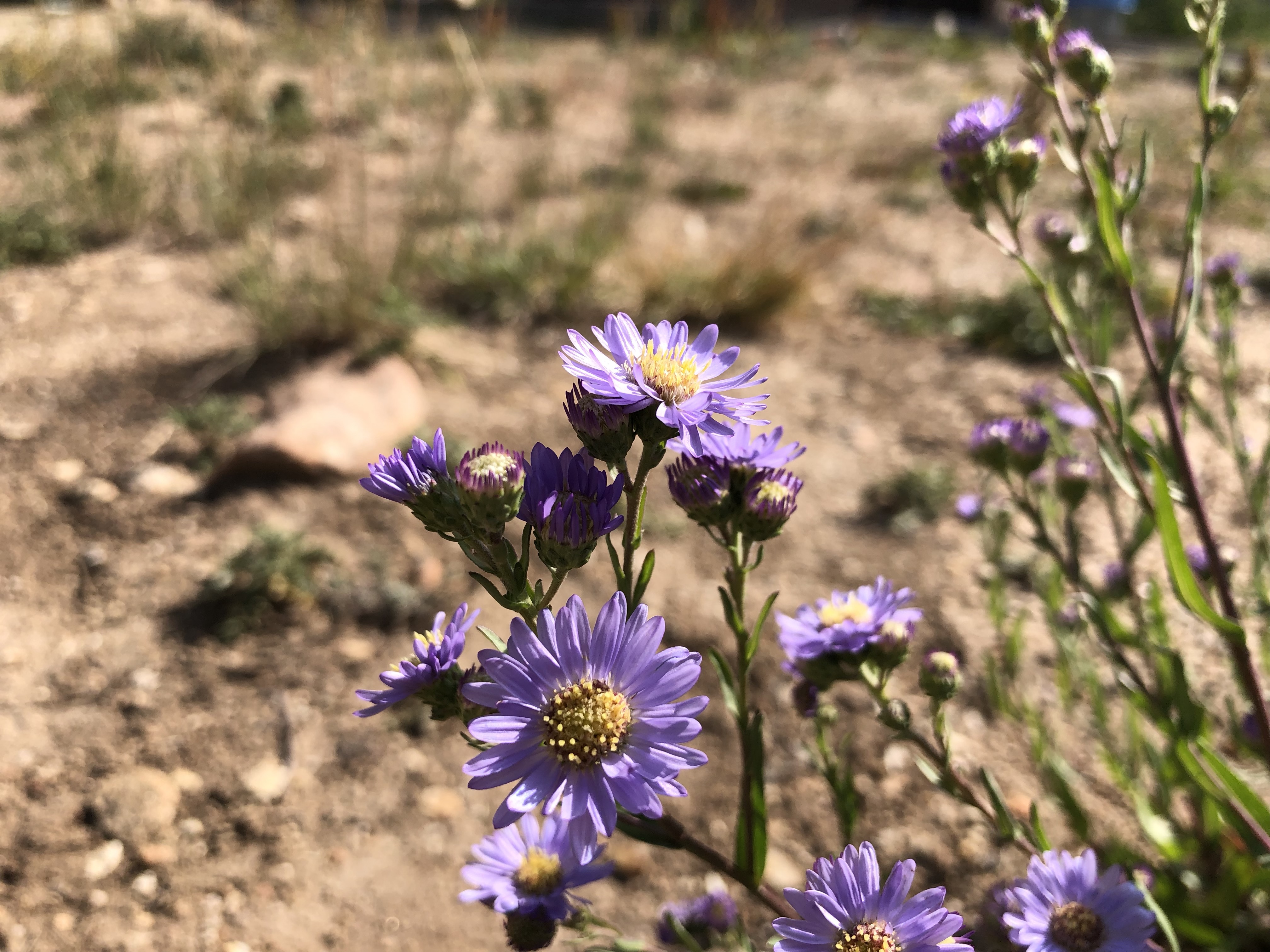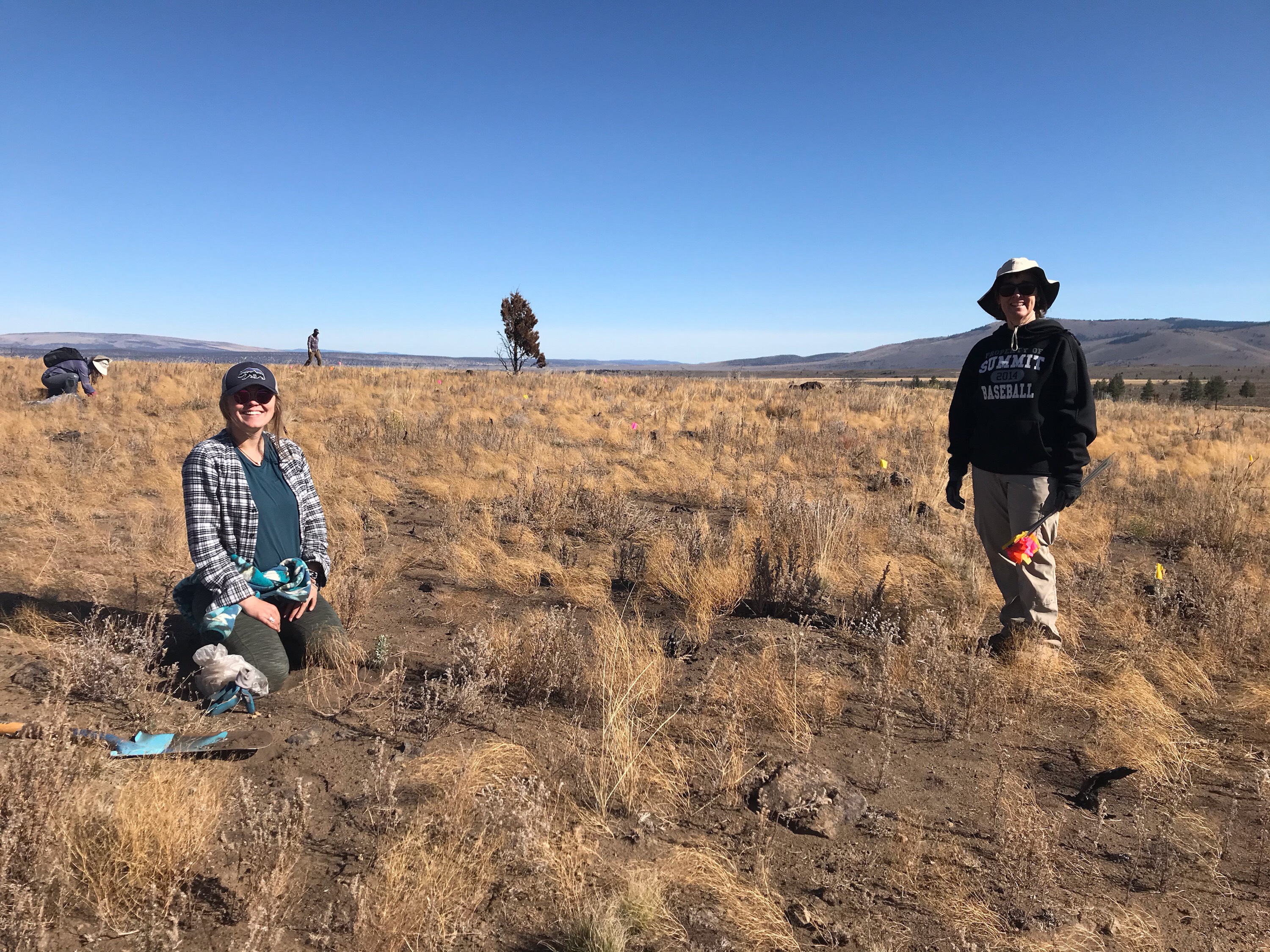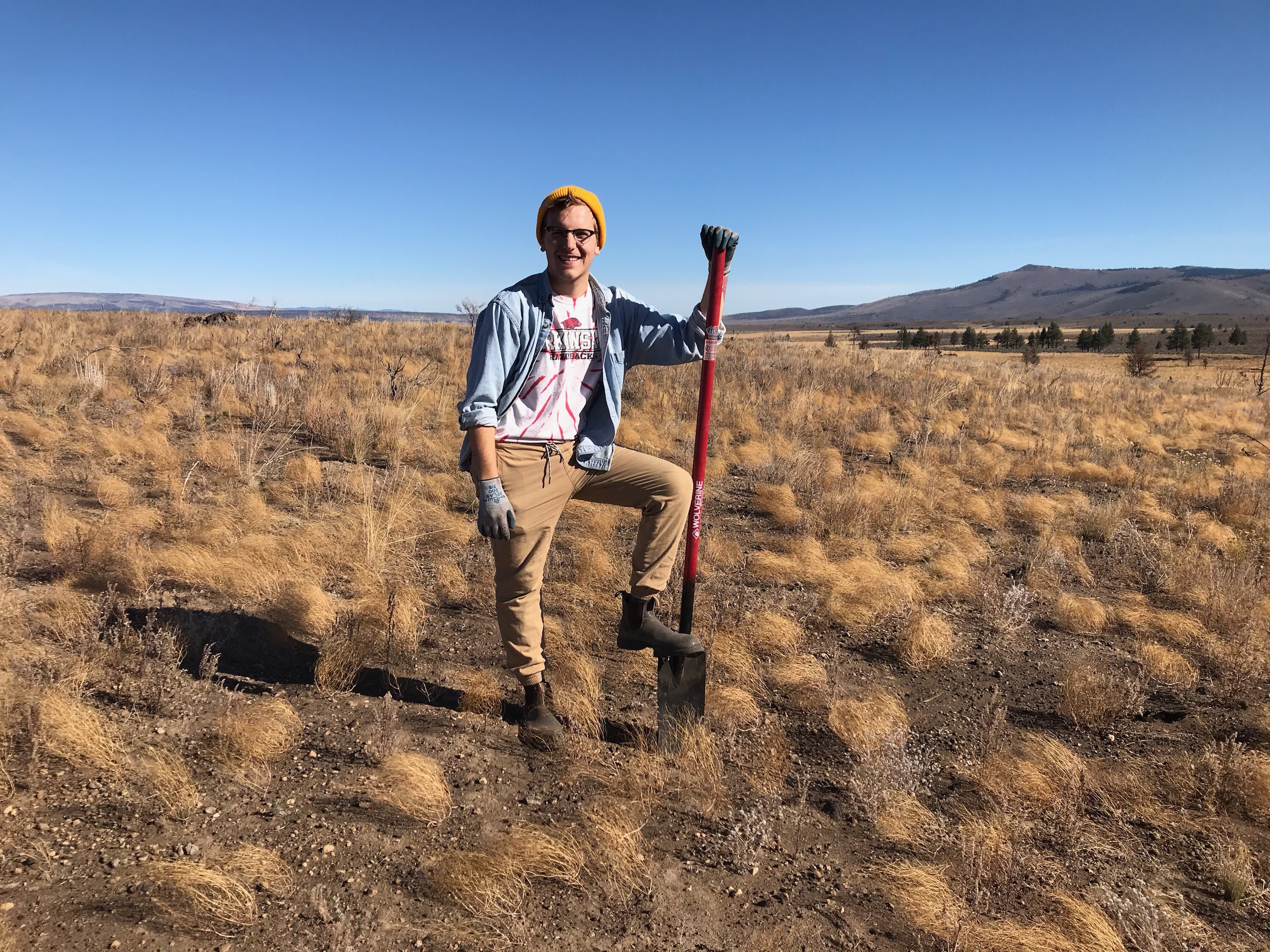Greetings!
With all of the experiences I’ve had and the people I’ve met over the last 6 months, it is a wonder why I struggle to find the right words in my final blog post. I believe that my reluctance to leave and unwillingness to accept that this is my last day is the main reason.
Just yesterday, I was in the office making sure that a set of herbarium vouchers was going to be shipped properly. Even then, it felt like a long time before I would have to leave the field office and the country that I’ve grown so accustomed to in the previous months. Earlier this week, one of the range staff brought me to the field to show the air quality monitoring acid deposition and mercury levels in the water around the foothills and southern Wind River Mountains that he does on a regular basis. It is amazing to see such modern technology in equally remote areas–some of which are entirely solar powered (and have been since the 80s). As shown in the picture, there is a sensor that, when prompted by moisture, lifts a lid on and allows precipitation into a container. Data from this sensor and the corresponding precipitation is stored in a nearby computer (the cylindrical container with the hoop of flapping pieces around it). This data is then collected via a USB drive or Bluetooth! I have no idea what I expected air quality monitoring to look like, but my mind was a bit blown to say the least. Along the way, a black widow spider even walked up to say hello! I could not have asked for a better final day in the field.
This field season has been a blur, but I can say with certainty that it has been a success. My co-intern and I had a target goal of collecting 20 different species of native seeds, with 20,000 seeds per species. We ended making 27 collections, many of which (we believe) surpassed 20,000 seeds. My favorite collections have been Penstemon paysoniorum (because of its initial elusiveness and plump fruits), Hedysarum boreale ssp. boreale var. boreale (because of the location on a hillside and the golden sheen of the seed pods), and Gentiana affinis (because of its tiny papery seeds and the location of my favorite wild horse area). During this time, I have greatly improved my plant identification skills, as well as learned many new species of plants from this area. I was surprised to learn that there is quite a bit of overlap of genera between the basin and foothills of Wyoming and many areas of the Midwest where I have collected seed previously.
And I couldn’t finish my final blog post without at least mentioning my co-intern Maggie. I could not have picked a better person to spend so much time with. In many ways, we could not be more different. However, we have many of the same tendencies and were an excellent match. We laughed, worked, complained, succeeded, and failed together. This season would not have been the same without her.
This internship has also allowed me to visit states I may never have gotten a chance to see otherwise. Idaho, Colorado, Utah, and of course, Wyoming are now all on my list, and I would come back to any of them.
On a personal and professional level, this internship has been invaluable. I can’t now imagine what my life would have been like having not had these experiences. This may sound dramatic, but having never been out west, and never to Wyoming, I feel that I have learned more than if I had spent multiple years in the Midwest.
I can truly say that I’ve been active and learning (and have people willing to teach me) up until the end. I cannot thank the people in the Lander Field Office enough (and especially my mentor Emma), and for having the opportunity to learn even a sliver about what the BLM does and the country it oversees.
Missing Wyoming already!


